03 May
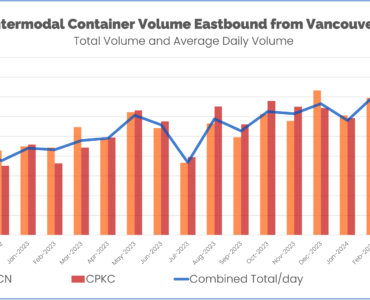
Canada Intermodal Rail Volume Report: April 2024
Container volume moving eastbound through the western Canada ports hit its highest amount RailState has ever recorded. CN's increased train volume drove most of the growth.
19 Apr
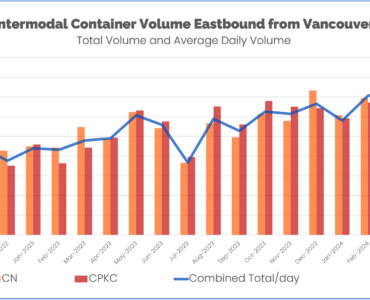
Canada Intermodal Rail Volume Report: Mid-April 20...
Container volume moving eastbound through the western Canada ports is on pace to top 100,000 containers in April. Combined daily container volume through the Port of Vancouver and Port of Prince Rupert is 63% higher than April 2023.
03 Apr
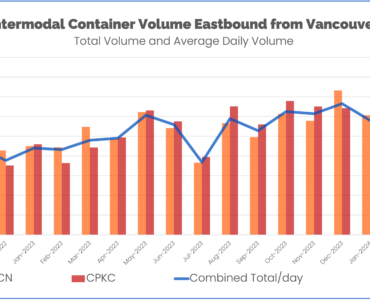
Canada Intermodal Rail Volume Report: March 2024
Driven by a surge of imports, container volume through the Port of Vancouver hit its highest level since August 2022, with a total of 75,110 containers, an increase of 51.7% over last year.
22 Mar
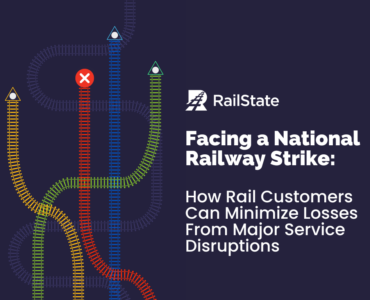
Facing a Railway Strike- How Rail Customers Can Mi...
With Canada on the brink of a national railway shutdown, rail users face huge losses. This detailed report shows rail customers what to expect and how to mitigate their risks.
08 Feb
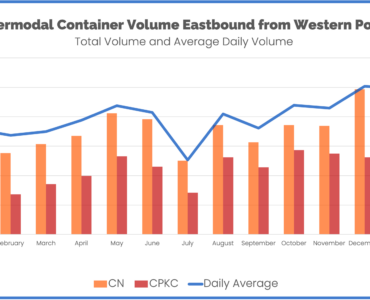
Canada Intermodal Rail Volume Report: January 2024
Total average daily volume headed eastbound from the Western Canada ports declined 1.7% in January compared to December.
08 Feb
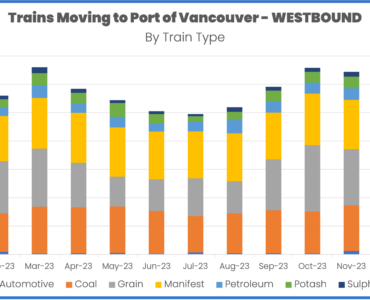
Canada Ports Rail Volume Report: January 2024
Total train volume westbound to the Port of Vancouver dropped 12.9% in January compared to December. Part of this is from a decrease in train volumes in the middle of January caused by the extreme cold.
24 Jan
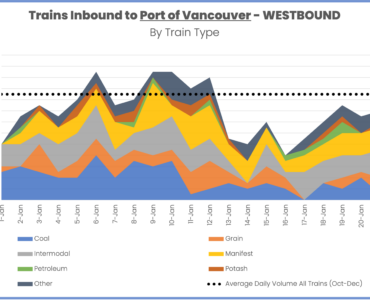
Extreme Cold Snarls Rail Movements Throughout West...
Record low temps lead to reduced train volumes and smaller trains. Traffic inbound to the Port of Vancouver suffered the greatest impact.
11 Jan
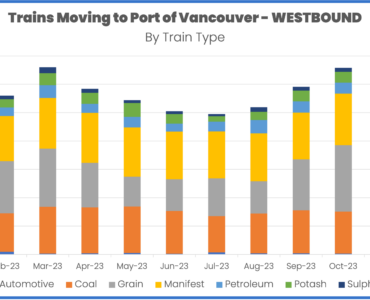
Canada Ports Rail Volume Report: December 2023
Total train volume westbound to the Port of Vancouver declined 4.0% in December compared to November. Sulphur unit trains increased the most, growing from 17 trains to 22 trains. The largest decrease came from Grain unit trains, which declined 19.2%
11 Jan
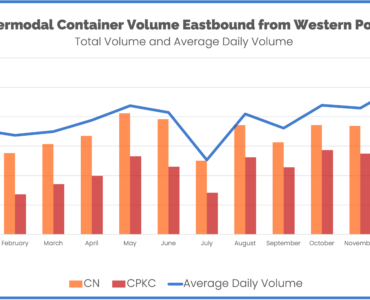
Canada Intermodal Rail Volume Report: December 202...
Average daily volume of international intermodal containers headed eastbound from the Western Canada ports grew 17.4% in December compared to November.
14 Dec
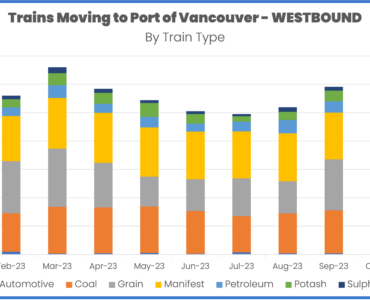
Canada Ports Rail Volume Report: November 2023
Total train volume westbound to the Port of Vancouver declined 3.5% in November compared to October. Automotive trains increased the most, growing from 4 trains to 12 trains. The largest increase in train counts were Coal trains, which grew from


